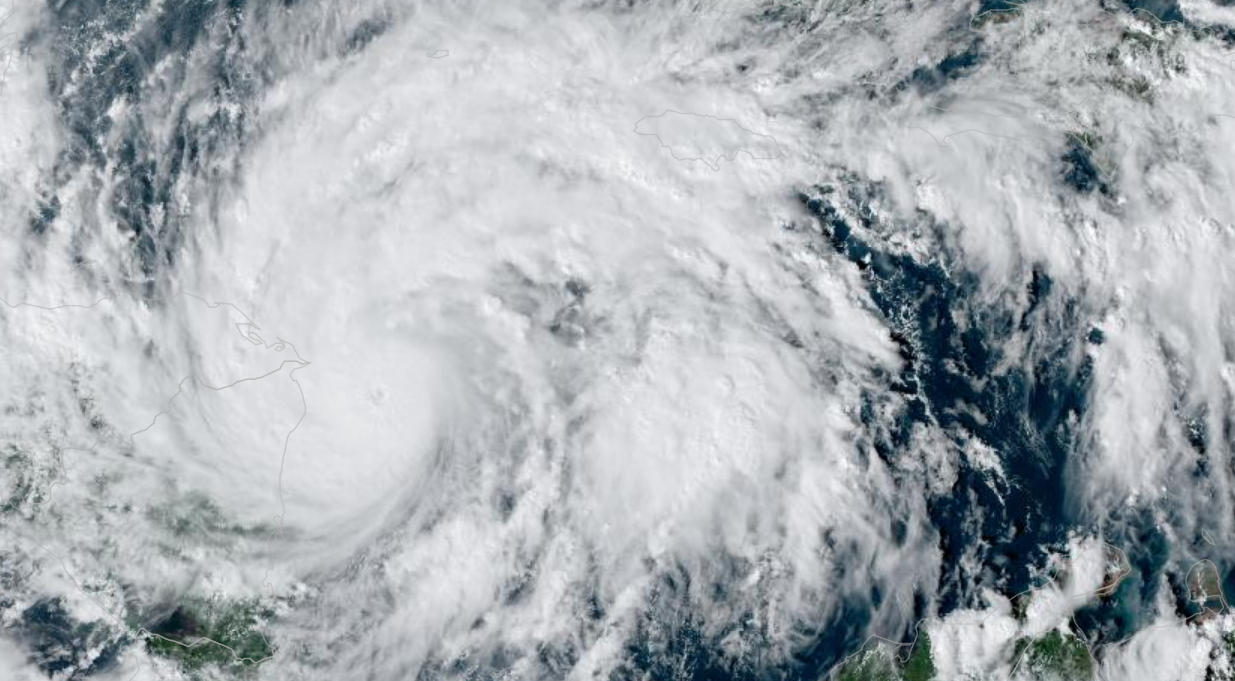The United States has gone through a relative lull in
tornado activity for the last six years. Starting in 2012, the number of
tornadoes compared to historical data has been below average, as well as the
number of violent EF-4 and EF-5 tornadoes. The numbers have likely even dropped
more because there were fewer people distributed in Dixie Alley and Tornado
Alley to witness tornadoes. Additionally, tornadoes couldn’t be confirmed via Doppler
radar like today, and it was harder to determine if a tornado was a single
track storm (one tornado) that skipped up and down or multiple, discrete
tornadoes that formed from the same cell, or different ones.
If you’ve been following the weather news, 2019 has been
historical with the longest continuous tornado outbreak in US history. There
have been more tornadoes in
a shorter period. The April 2-3, 1974 Super Outbreak produced 143 tornadoes
in 24 hours, including multiple EF-5 tornadoes. In one case several communities
in Alabama were hit with multiple EF-5 tornadoes within 90 minutes. More
recently was April 27, 2011, Super Outbreak that produced 173 tornadoes, in the
same Dixie Alley region of the 1974 outbreak.
There have been more powerful tornadoes than the ones
produced such as the 2013 El Reno tornado that killed Tim
Samaras and his son and the 2011 Joplin EF-5 tornado that killed 161
people. This current outbreak has not produced any EF-5 storms (although the potential
has been there) as of this writing.
What has been unique about 2019 is the duration of this
outbreak, 13 days and counting as I type this, and the streak of “outbreak” will
likely continue. During this period, the United States has averaged a bit more
than 27 tornadoes a day. The distribution of these supercells has been wide,
with tornadoes striking as far west as Oklahoma, as far south as Alabama, and
as far north/east as Pennsylvania. Even New York City received a tornado warning
for Doppler confirmed rotation (no touchdown apparent).
The weather is not climate, and the climate is not the weather.
There are a lot of theories on “why” things were quiet for the last six years and
to why things have been so violent this year, but nothing solid. As much as we
understand about our world, deep scientific understanding of tornado development
and strength remains a mystery. Why do some supercells produce monstrously
destructive EF-5 twisters, while other cells with the same potential energy,
the same mechanics, and the same development do not?
What has been unique this year is a deeply entrenched
weather pattern of hot, humid air over the southeast, including historical
heat, and cold, dry air to the north. This weather pattern is classic for
severe weather development but usually appears for one to three days. The high
pressure and low-pressure areas move along the frontal boundaries, and the pattern
dissolves — June of 1953 provides a great example of how these weather patterns
usual move. On June 8, 1953, an F-5 tornado tore through Flint, Michigan, killing
116 people. On June 9, 1953, the same weather system produced an F-4 tornado
that ripped through Worcester, Massachusetts. That is a distance of about 800
miles over 24 hours. June 10, 1953, was a perfect day in Worcester as the cold
front passed through, and brought drier, cooler air behind it.
In 1953 there was a lot of rumor and myth about why these massive
tornadoes formed in areas where tornadoes of this strength haven’t been seen. Nuclear
bomb testing, weather control tests gone awry, and that the Flint and Worcester
tornado was the “same storm” that traveled 800 miles. None of this was true as
the weather is not climate and the climate is not the weather.
For now, the current weather pattern that is creating an
extended dry line with limited cap, strong shear, and some stunning MCAPE
numbers (geek speak for the ingredients for tornado development) looks to linger
over the United States for days – long range models are like throwing darts but
for now it could be weeks. If you live east of the Rockies should keep your eyes
on the sky and be prepared, oh, and calling
in death threats to TV stations and weather reporters for providing
breaking news on tornado warnings? What the fuck America?
Malcontent, out.
